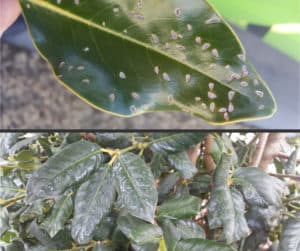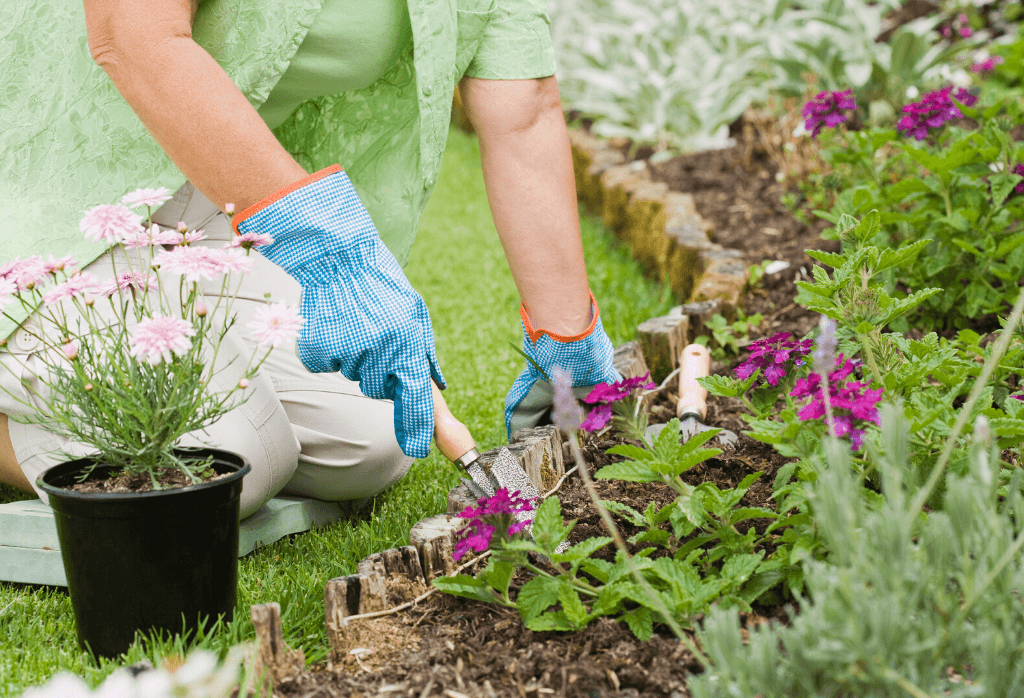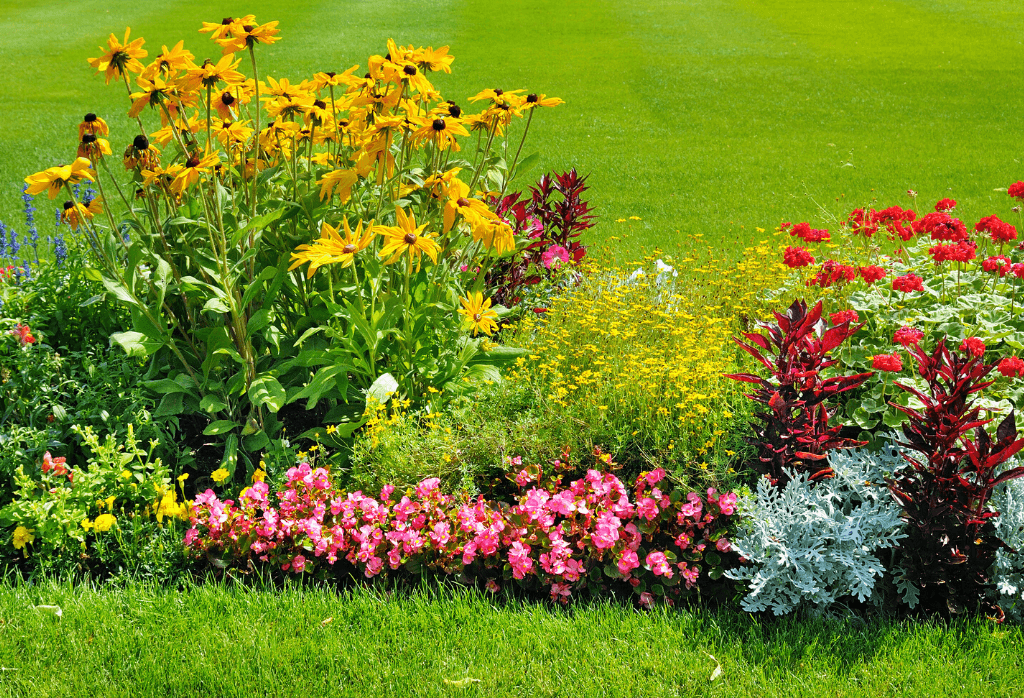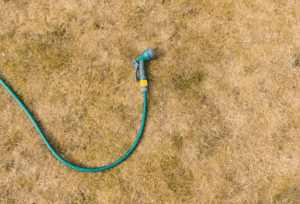Maintaining Summer Landscapes & Flower Beds
After annuals, perennials and shrubs are carefully planted in decorative beds, there can be a tendency to just leave them alone and let them grow. Unfortunately, when neglected and not maintained landscapes and once beautiful flower beds can become eye sores.
Several factors are important in maintaining the look you envisioned as you designed and planted annuals, perennials and shrubs earlier in the spring.
At planting time, remember how striking your freshly mulched beds looked? Add a light layer [roughly ½ inch thick] of organic mulch mid-season, to bring back the vibrant color contrast that makes otherwise faded beds stand out. Be careful not to overdo the mulch. Too much of a good thing can choke out plants by preventing air, water and supplemental fertilizers from reaching plant roots.


After an initial fertilization, repeat applications at least 2-3 times during the summer will help both annuals and perennials maintain color. An analysis of 5-10-5 for perennials, 10-6-4 for annuals (or similar analyses) is recommended. By adding supplemental nitrogen, phosphorus and potassium, you will maximize vigor and plant health all season.
As flowers grow rapidly, pinch off the tops of older flowering blossoms. Removing older, spent flowers makes room for new blooms (this is called “deadheading”); plants will quickly fill in open spaces and aggressive growth will continue.
Do not rely on natural rainfall to sustain your landscape beds. Supply moderate amounts of water on at least a weekly basis or whenever plants are clearly drooping and dry. Too much water, resulting in a soggy soil can lead to root rot and other diseases. Water moderately, then let the soil become moderately dry before adding more water. The objective is simply to provide optimum growing conditions, and that requires consistent, available water. Soaker hoses are a popular choice for landscape beds. Once in place, simply turning the water on and off on a pre-set schedule can be very effective in maintaining healthy, vigorous plant growth. Once you have the schedule down, it’s a no-brainer!
Monitor your shrubs and flowering plants for insect and disease attacks. As hot, humid conditions and high temperatures persist in summer, a variety of landscape invading bugs and diseases may feast on and damage plants, leaving behind easy to spot lesions and chewed away leaves. Insect and disease control powders and sprays are readily available at your local nursery or big box store.
In many cases, you can find combination products that include both insect and disease control products in one package; this really eliminates any uncertainty about what to use! In addition, more and more homeowners have discovered the many diagnostic sites available on line from local university extension services. Since a good, close-up photo can make disease or insect identification easier, these sites can quickly and accurately direct you to the appropriate corrective action. The key is consistent plant monitoring, spotting problems as they develop, before serious plant damage occurs.
Join Our Free Lawn Care Newsletter
Stay Up to Date With The Latest News & Updates
* We don’t share your info with anyone ever.





